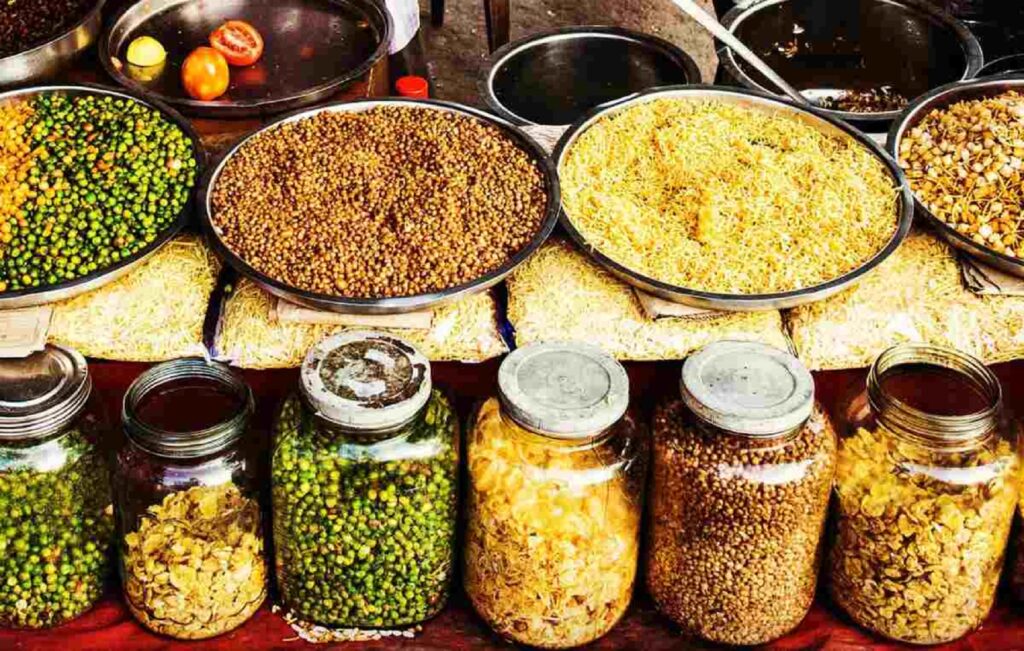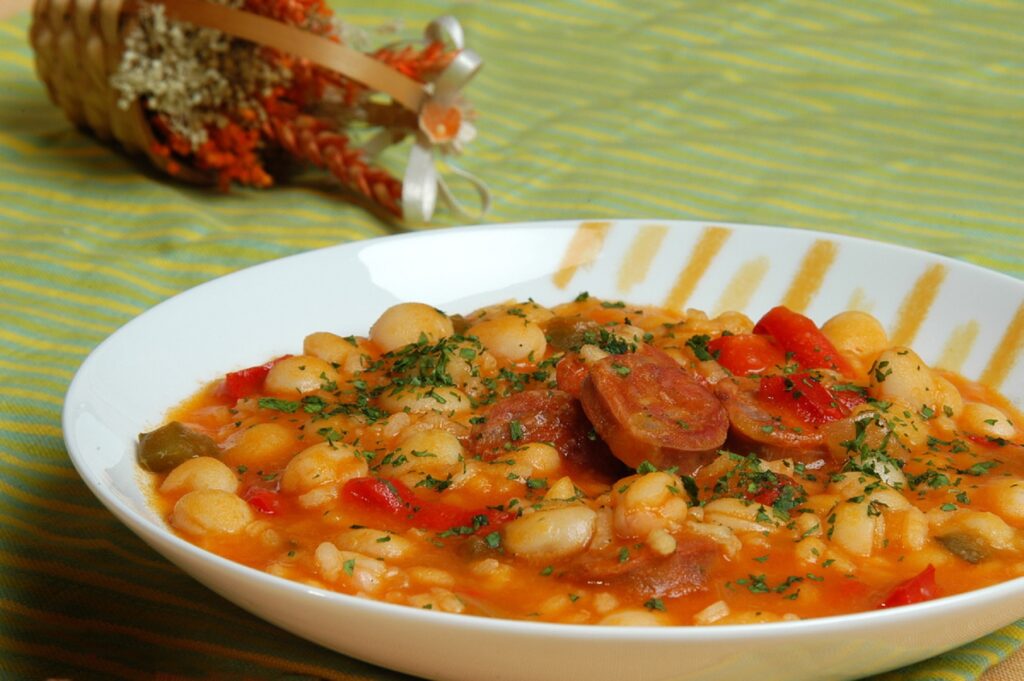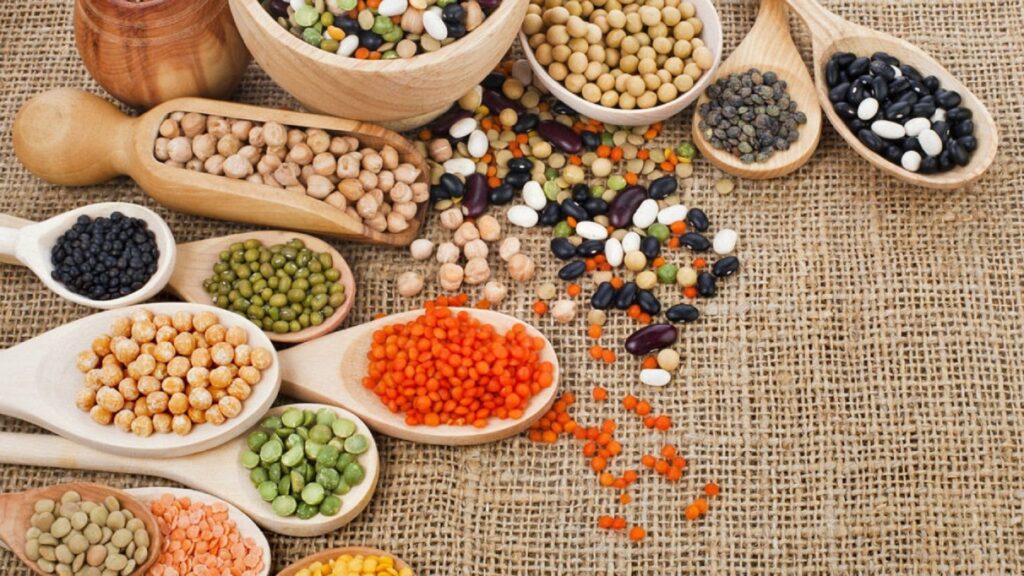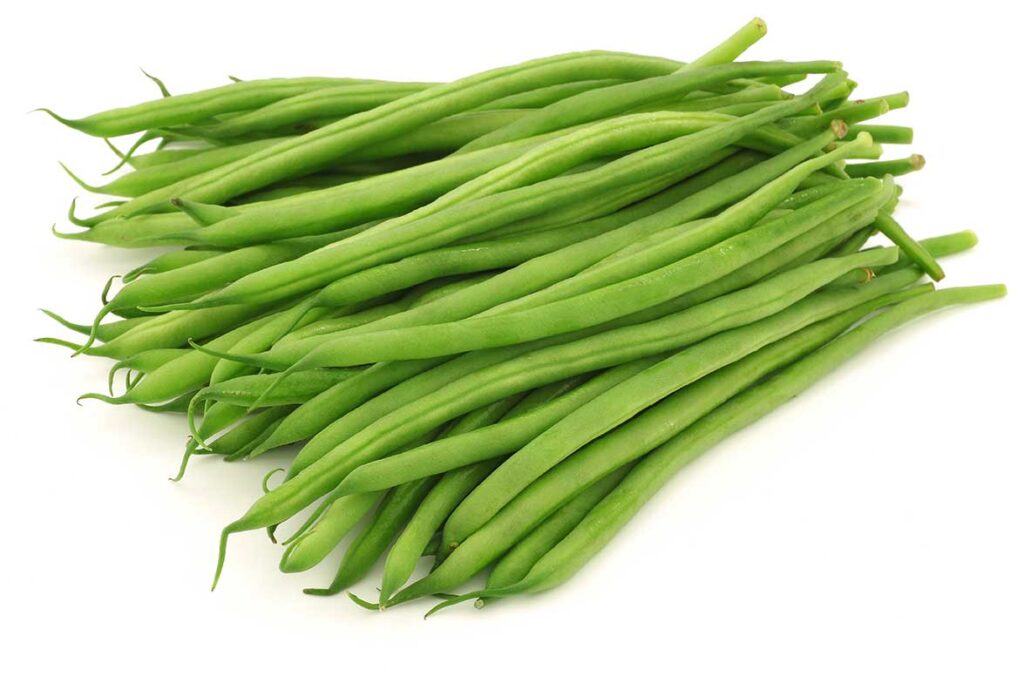Legumes are one of the food groups of great importance in the diet of various cultures since ancient times. The word legume comes from the Latin "legumen" and is the name given to plants belonging to the botanical family Fabaceae (formerly Leguminosae). I invite you to learn more about Legumes.

What are Legumes?
Legumes is the name given to annual legume plants with pod-like fruits within these germinate between 1 to 12 seeds or grains. Among its properties, the high content of lipids, fibers, minerals, vitamins, proteins and carbohydrates stands out. Its high nutritional value has been known since ancient times, according to studies its first crops by humans date from about 7.000 to 8.000 BC based on archaeological finds in Anatolia in what is now Turkey.
When human beings began to settle down to stop being nomads and only live by hunting and fishing, they evolved into communities with a rudimentary agriculture with crops of legume grains. This is evidenced by the planting remains that are associated with the evolution of agriculture in different parts of the planet such as the Mediterranean, India and on the American continent. Legumes belong to the Fabaceae family, which are plants with pod-like fruits with several seeds, commonly called grains by their consumers. This family is represented by about 600 genera with more than 13.000 species.
To group the different food groups, the Food and Agriculture Organization of the United Nations (FAO) calls all the plants that are cultivated for the production of their seeds or dry grains by the name of Legume. Also people who consume legumes call the seeds that are cooked and harvested from leguminous plants. In the same way, they call vegetables the plants cultivated to harvest green to consume them and, they use the term oilseeds to those from crops planted for the extraction of their oil.
According to this classification of the FAO, legumes would be the seeds of: Chickpeas, Lentils, Dry beans (also called beans, beans, beans), Dry peas (peas, peas), Dry beans. Examples of the group of oilseeds are soybeans and peanuts or peanuts, and among the vegetables they can be shown as fresh peas, green beans or fresh beans, broad beans and pomegranate beans or fresh beans. For the year 2018, according to the FAO, some 92,28 million tons of pulses were produced worldwide.
The grains or seeds called Legumes are formed from the gynoecium of the flower, it has a single carpel that opens through the ventral suture and the dorsal nerve, showing two valves where the seeds are seen in a ventral row. The shapes of the pods in the different legume species are usually straight and fleshy. Most of the pods have a spongy interior meat, with a velvety texture and a white color. The interior of the pod is the mesocarp and the endocarp of the fruit.
Features
Legumes are of various sizes and shapes, they can measure from one millimeter to about 50 millimeters. The morphology of these seeds is usually elongated and compressed, for example those of beans or beans. These seeds are characterized by presenting a germ from which the root, the stem and its 2 first leaves sprout; It also has an eye through which water passes towards the embryo and two cotyledons that form the two reserve leaves. This reserve constitutes part of the nutrition as in the endosperm in cereals.
These grains called Legumes have great nutritional and economic importance and since ancient times they have been part of the diet of millions of human beings on the planet. These provide 4 grams of protein and 64 kcal of the daily intake for a person. Unlike developing countries, its contribution to the daily diet of its inhabitants is 6,6 grams of protein and 102 kcal. Despite being foods with a high protein content, their biological value is lower than the proteins provided by meat. However, this contribution can improve when they are cooked by combining legumes with cereals with a high amount of sulfur amino acids.
Nutritional value
Legume grains have a high percentage of protein, characterized by having double and even triple the protein compared to many cereals. Due to this, it is a food that offers an important and economical source of vegetable proteins, especially in countries with low protein and caloric intake.
Even with these protein values of legumes, their biological protein value is lower when compared to the protein and biological value of meat. This, because some legumes have:
- Low amount of sulfur amino acids such as: methionine and cysteine. Some others in tryptophan.
- They have a protein structure that prevents the action of digestive enzymes.
- They have protease inhibitors that prevent the action of digestive enzymes.
These characteristics prevent the digestion of legume grain proteins, this can change when they are combined with other foods such as cereals, which are foods rich in sulfur amino acids (protein supplements). Legumes have a high fiber content, as indicated by the consumption of 137 grams of beans that provide between 19 and 50 years, about 57% of the amount of fiber required.
The energy value of legumes is moderate and low in fat or lipids. They have a low percentage of saturated fats and a high percentage of healthy fatty acids for humans. They also provide a moderate percentage of protein and energy value when compared to other foods. Legumes are good sources of B vitamins, especially thiamin, riboflavin, niacin, folic acid, and B vitamins.6 .
To better explain this contribution, the following example is shown: if you eat about 137 grams of navy beans per day, which is equivalent to ¾ cup daily, it offers a healthy woman between the ages of 19 and 50 (except pregnant women and infants), about 27% of the daily requirement for thiamin and 48% of the daily requirement for folate. On the other hand, Legumes are poor in fat-soluble vitamins and vitamin C. You can supplement the vitamin E provided by soybeans and peanuts.
They have a high content of calcium, iron, phosphorus and zinc minerals. Although when comparing its bioavailability with foods of animal origin, it is lower. The iron in legumes is non-heme iron, which is less bioavailable than the heme iron obtained from animal foods. This use of non-heme iron can be better by combining Legumes with foods rich in vitamin C, such as tomatoes, and foods rich in iron, such as meat.
Epidemiological studies indicate that the consumption of Legumes helps prevent chronic diseases such as cardiovascular diseases, diabetes and overweight, and also improves gastric problems. Improves biliary disorders, gout, rheumatic diseases and anemia. People with gluten intolerance or are celiac, can consume Legumes because they do not have gluten in their composition.
Types of Legumes
Despite the large number of species described in the Fabaceae family, known as legumes, few are used as food for humans and livestock. The legumes consumed by both humans and livestock are various species and the parts of the plant that are consumed are the same that the plant uses as a place where it accumulates reserve substances. Among the legumes that are consumed, the following species are shown.
Alfalfa
The species of alfalfa consumed by humans is medicago sativa, it can be consumed as fodder by livestock or other domesticated animals. Alfalfa is a perennial herb that is eaten by people through sprouting sprouts. It is very nutritious and has several medicinal properties, which can be consumed in the daily diet or used as a topical use.
lupins or chochos
The lupins is one of the least known Legumes, it is also known by the common name of chochos and its scientific name is lupins albus. These chochos or lupins are eaten fresh, passing them through salty waters, also making flour based on this legume. It has been widely consumed in the Mediterranean area for a long time and, in recent times, it is classified as a superfood. It is characterized by being rich in proteins, carbohydrates, iron and potassium, it is suggested for anemic people.
Beans
This Legume is known by different common names depending on where they are grown, it is known as: beans, beans, beans, beans, caraotas or beans, and yet, they refer to grains of plants belonging to the genus phaseolus, the best known species being Phaseolus vulgaris. This legume is native to Mexico, Guatemala and El Salvador, although today they are distributed throughout the world. These grains are part of the basic diet of countries in South and Central America, especially Mexico. They are rich in fiber, carbohydrates and minerals.
green beans
Although it is the species Phaseolus, which is the same species that is known as kidney beans, green beans, chauchas, porotos vainitas, habichuelas or green beans, and which are harvested when the fruit is immature and therefore the pod of the plant is still tender and can be eaten. It is consumed and planted in various countries on the planet and is consumed by boiling in water.
chickpea
The legume known as chickpea (Lentil), is native to the Mediterranean region. The chickpea is cultivated from a plant 50 centimeters tall, with white flowers, with pod-like fruits that contain the seeds that are eaten and are known as chickpeas. It is a legume that has been eaten since ancient times for its gastronomic and medicinal characteristics. It is rich in starch, proteins and lipids.
Peas
Peas have the scientific name of Pisum sativum, is a plant of Mediterranean origin. They are also known by the common names of peas, petipuás or peas and have been consumed since ancient times, according to archaeological findings for about 10.000 years. Peas are known to be foods rich in vitamin B1, C, K and A, as well as iron, phosphorus and magnesium.
Broad beans
Since ancient times, this Legume has been cultivated for both human and animal consumption. Its scientific name is addictive faba, is a plant that is characterized by having a height of about 2 meters, originating from the Mediterranean region and Central Asia. However, it is more cultivated in the Andean regions of America. Broad beans are rich in minerals calcium, potassium and phosphorus. It provides vitamin A, they are also known for the flatulence they cause when consumed.
the famous lentils
The lentils (lens culinaris) is a grain consumed by humans since ancient times, around 8.000 to 9.000 years old. They come from the Middle East, and are currently distributed throughout the planet, especially in Mexico and Spain. They are grains rich in proteins, starches and fibers. It also contains folic acid, potassium, magnesium, iron.
I invite you to continue getting to know the wonderful nature and how to learn to take care of it. I invite you to read the following posts:



